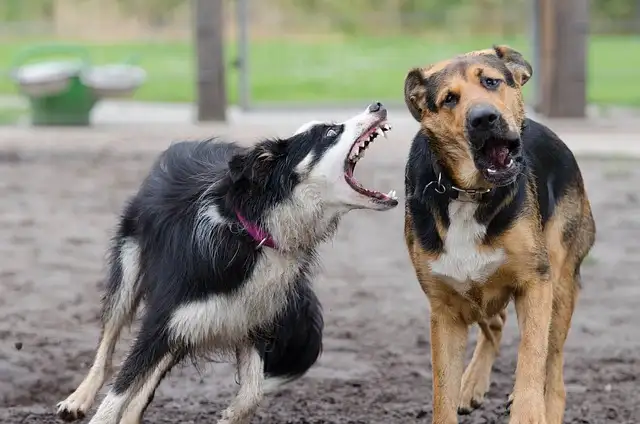-

·
The Truth About Dogs and Blueberry Muffins
Can Dogs Eat Blueberry Muffins? What Every Pet Owner Should Know You’re enjoying a warm blueberry muffin with your morning coffee, and your dog gives you the look. That pleading stare makes you wonder: Can dogs eat blueberry muffins? The short answer is no. While blueberries are safe for dogs, most blueberry muffins contain ingredients…
-

·
The Border Collie: A Love Letter with a Warning
What are the bad habits of Border Collies? Border Collies dazzle with their intelligence and athleticism, but their sharp minds and boundless energy come with a catch. These dogs aren’t just “high-maintenance”—they’re prone to habits that can turn life upside down for unprepared owners. Let’s break down their most common behavioral quirks and why addressing…
-
·
A Healthy Border Collie: A Testament to Love and Care
Border Collies – what a brilliant breed they are! There’s nothing quite like watching a Border Collie work a flock of sheep or solve a tricky puzzle toy. But as much as we adore these furry geniuses, it’s crucial to be aware of the health issues that can affect them. Now, don’t let this put you off…